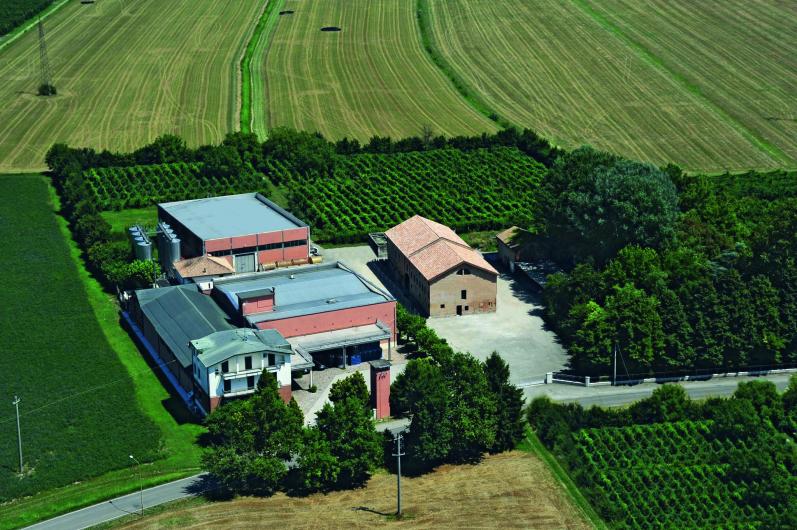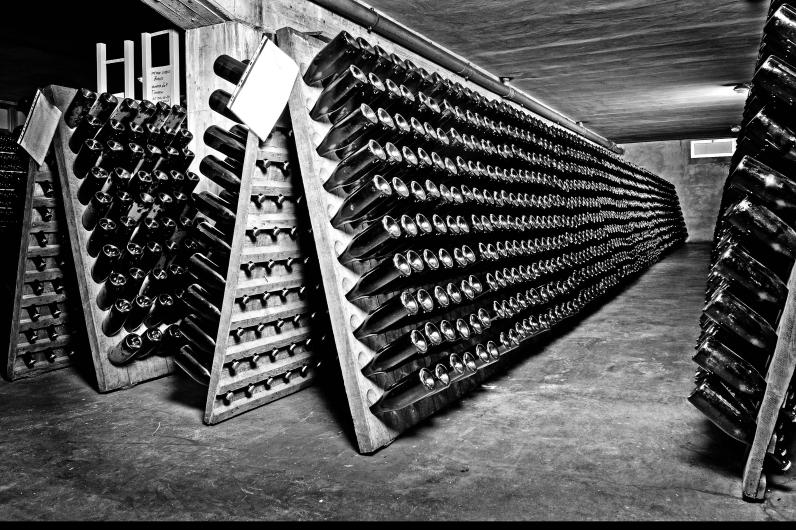Lini 910 In Correggio Lambrusco Scuro

Wine Description
Founded in 1910, Lini 910 is a fourth-generation, family-owned and operated winery, producer of Emilia's leading wines including the first-ever Lambrusco included in Wine Spectator's Top 100 Wines of Italy. Thanks to his longstanding relationships with growers and deft hand, winemaker Fabio Lini has set the benchmark for artisanal Lambrusco.
 Acclaim
Acclaim
 Vineyard & Production Info
Vineyard & Production Info
 Winemaking & Aging
Winemaking & Aging
 Analytical Data
Analytical Data
 Wine Production
Wine Production
For the production of Lini's classic Martinotti-method Lambrusco (also known as Charmat-method Lambrusco), a still Lambrusco is produced and then racked to pressurized, temperature-controlled tanks where the second fermentation is provoked. The wines are then aged on their lees until the desired complexity and nuance are achieved.





